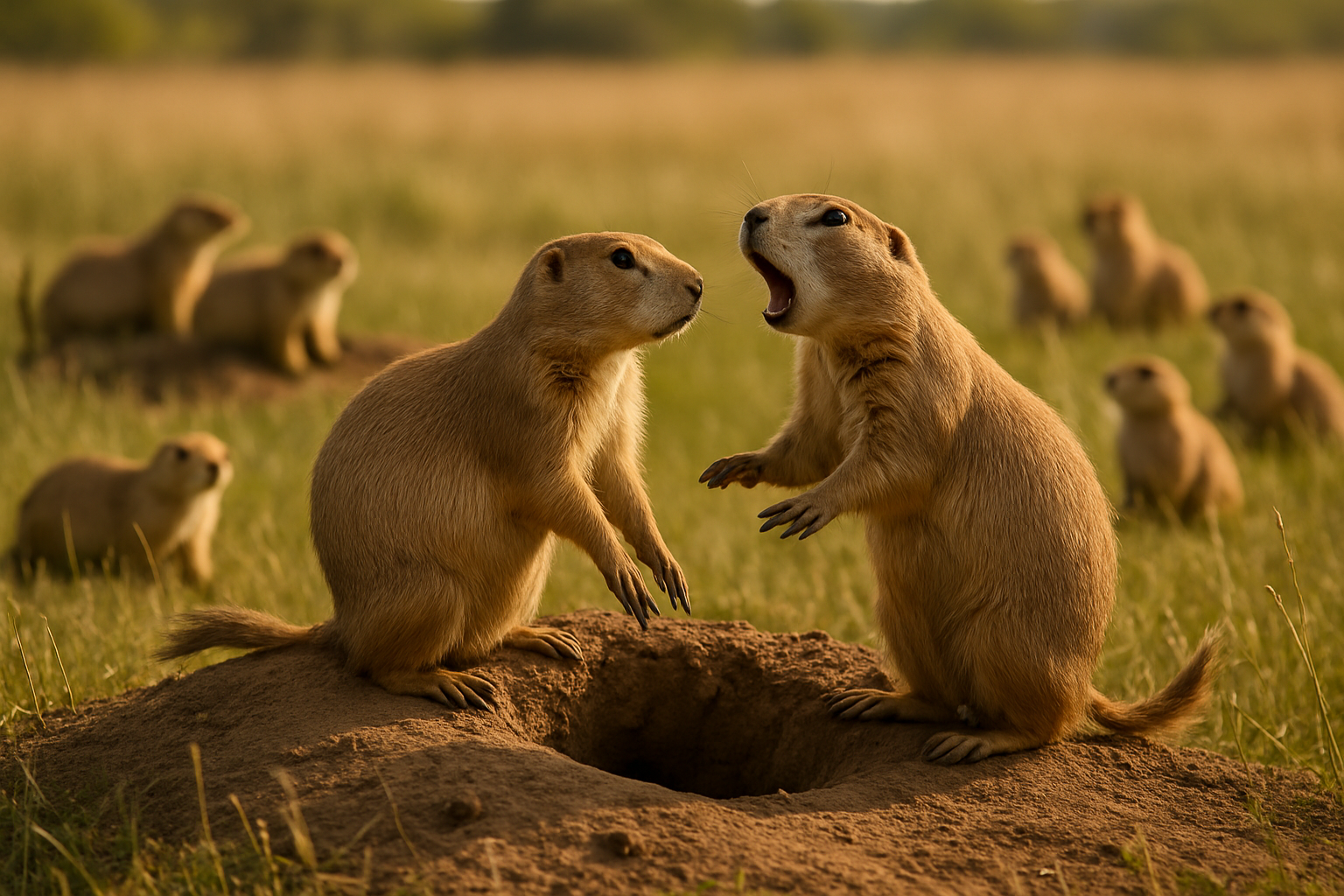The Hidden World of Mole Rat Societies
Underground, in intricate tunnel systems spanning miles, exists a fascinating and often overlooked society of hairless, wrinkled creatures known as mole rats. These remarkable rodents have captivated scientists and animal enthusiasts alike with their complex social structures, unique adaptations, and extraordinary longevity. From their eusocial behavior to their cancer-resistant properties, mole rats offer a wealth of insights into evolution, biology, and even human health.

The Evolution of Eusociality in Mole Rats
Mole rats, particularly the naked mole rat, are among the few known eusocial mammals. This social structure, typically associated with insects like bees and ants, involves a rigid caste system with a single breeding female, or queen, and numerous non-breeding workers. The evolution of eusociality in mole rats is believed to be a response to the challenging underground environment they inhabit.
Scientists hypothesize that the scarcity of resources and the difficulty of burrowing in hard, dry soils led to the development of cooperative breeding and division of labor. This adaptation allowed mole rat colonies to efficiently exploit limited food sources and maintain their extensive tunnel systems. The eusocial structure also provides protection against predators and environmental stressors, contributing to the species’ longevity and success.
Architectural Marvels: The Mole Rat’s Underground Kingdom
The subterranean habitat of mole rats is a testament to their engineering prowess. These industrious creatures construct vast networks of tunnels and chambers that can span several kilometers. The architecture of these underground cities is remarkably sophisticated, featuring dedicated areas for nesting, food storage, and waste disposal.
Mole rats use their powerful incisors and strong forelimbs to excavate tunnels, often in hard, clay-like soils. The design of their burrow systems allows for efficient ventilation and temperature regulation, crucial for survival in their oxygen-poor, high-carbon dioxide environment. Some colonies have been found to maintain tunnels that are over a century old, passed down through generations of mole rats.
Physiological Adaptations: Thriving in Extreme Conditions
Mole rats have developed an array of physiological adaptations that enable them to thrive in their unique habitat. Perhaps most notably, they possess extraordinary resistance to cancer, a trait that has piqued the interest of medical researchers worldwide. Studies have shown that naked mole rats produce a unique form of hyaluronan, a sugar that appears to prevent cells from overcrowding and becoming cancerous.
Additionally, these resilient rodents have evolved to withstand low-oxygen environments, high levels of carbon dioxide, and even chronic pain. Their ability to switch to anaerobic metabolism allows them to survive in oxygen-deprived conditions that would be lethal to most mammals. These adaptations not only ensure their survival but also offer potential insights into treating human conditions such as stroke and heart attack.
Social Dynamics and Communication in Mole Rat Colonies
The social structure of mole rat colonies is highly complex and tightly regulated. The queen, the sole breeding female, maintains her status through a combination of behavioral and physiological mechanisms. She produces pheromones that suppress reproductive development in other colony members and engages in behaviors that reinforce her dominance.
Communication within the colony is sophisticated and multi-faceted. Mole rats use a variety of vocalizations, including chirps, squeaks, and even a distinctive dialect unique to each colony. These vocalizations convey information about food sources, potential threats, and social status. Additionally, mole rats communicate through touch and chemical signals, further enhancing the cohesion and efficiency of their society.
Conservation and Research: Protecting Nature’s Underground Laboratories
Despite their resilience, mole rat populations face threats from habitat loss and climate change. Conservation efforts are crucial to protect these unique creatures and the valuable scientific insights they offer. Ongoing research into mole rat biology continues to yield fascinating discoveries with potential applications in human health and medicine.
The study of mole rat societies provides a window into the diversity of life on our planet and the remarkable adaptations that allow species to thrive in extreme environments. As we continue to unravel the mysteries of these underground kingdoms, we gain not only a deeper appreciation for the complexity of nature but also valuable lessons in cooperation, adaptability, and resilience that may help shape our own societies and scientific advancements.





